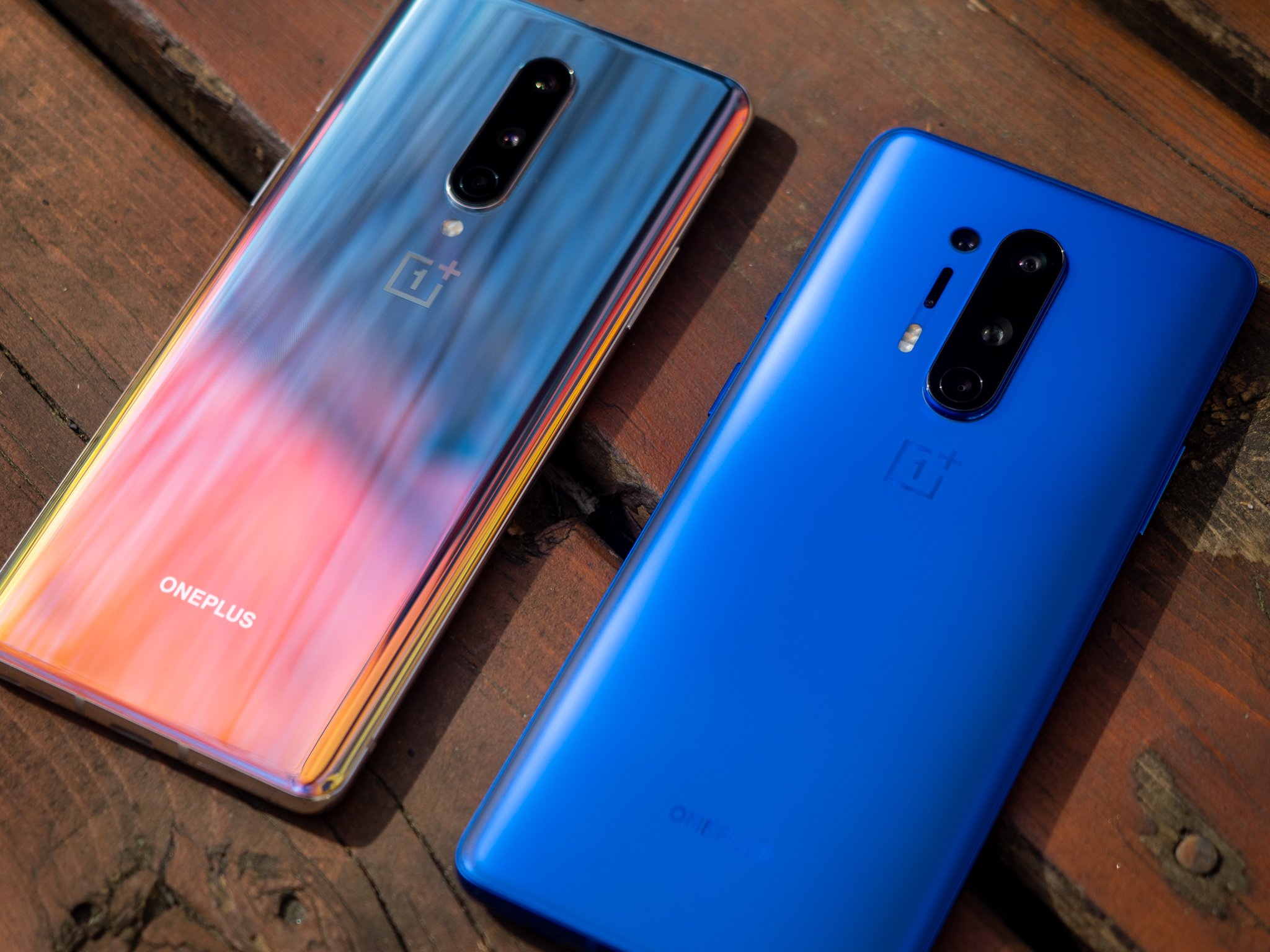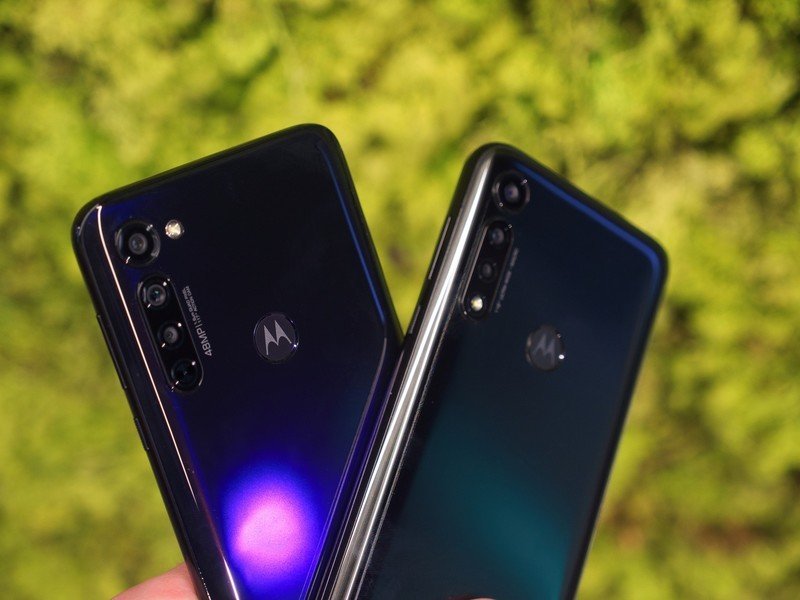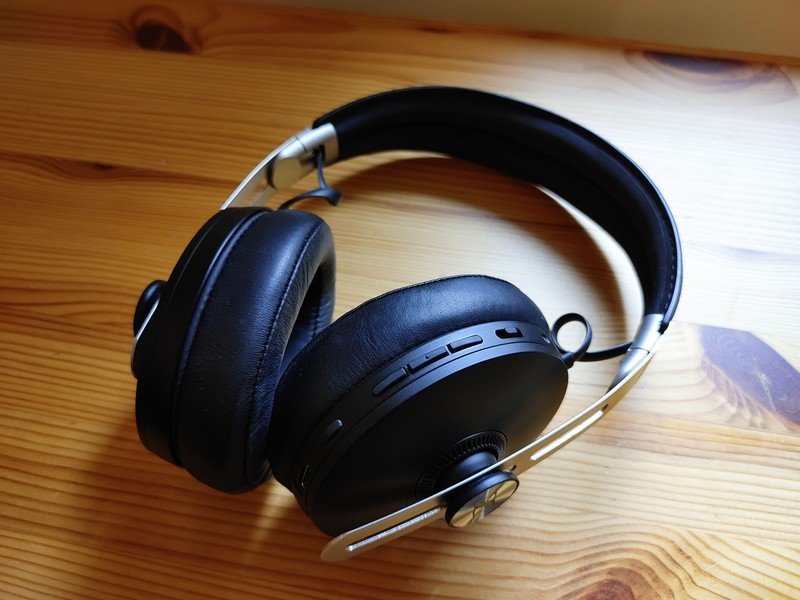From the Editor's Desk: Phoning it in while working from home

After I put the baby to bed on Wednesday, I got in the car to drive the five miles to my local Costco. It was snowing as the sun went down, and because I was driving west I spent most of the time both staring at, and trying to avoid, the star's monstrous and comforting output.
I feel like I've been doing the same thing during my work days — in turns embracing and trying to avoid the reality of this awful situation, and how it encourages a strange amalgamation of micro normalcy and macro anxiety. By now, we've all grown into this routine, whether it's merely finding a comfortable spot on the couch to spend the day typing away on a keyboard, to taking turns looking after kids or parents, to finding literally any excuse to leave the house, if only for a walk or a run.
It's truly inspiring reading and hearing the stories from people who are making the best of this tough situation.
As someone who has worked from home for a decade, I'm privileged to have my own office, somewhere that I can walk into and close the door behind me. That's not true for most people in my life.
I've been regularly speaking with friends and family members that have to navigate work, chores, and kids in one-bedroom apartments, many of whom have been asking about monitors and keyboards and Chromebooks and phones and internet upgrades and cellphone plans. It's never been more apparent to me that as much as everyone embraces the internet on one screen or another, few want to contend with the technology that makes it work — or work better than the version they put up with until now.
I didn't realize how many people in my life didn't, or still don't, own a personal laptop, or whose home computers still run Windows 7 (I actually heard from a few people whose parents don't want to upgrade from Windows XP, but that's an entirely different level of stubborn.)
On this website, we offer advice for people whose knowledge of phones, Chromebooks, Google services, PlayStation, and other smart home technology varies from the very basic to about as in-depth as our own, and I love that about the Android Central community. It's been truly wonderful hearing about your work-from-home adventures over tweets and emails, and conversely, it's been heartbreaking to hear some of the stories about how COVID-19 has affected you in so many varying, and dramatic, ways. If you feel like sharing some of your work-from-home stories in the comments, I'd love to read them here, too.
In spite of the pandemic, companies haven't held back on their plans for phone releases, though from a logistics perspective they've changed dramatically. This week, OnePlus launched the first two of what usually amounts to a small army of new phones every year, and they're pretty great. I reviewed the OnePlus 8 Pro and think that, even though it doesn't match the Galaxy S20+ in every respect, it's probably the best value in the high-end flagship space right now.
Be an expert in 5 minutes
Get the latest news from Android Central, your trusted companion in the world of Android
The camera upgrades in the OnePlus 8 Pro alone are worth the price of admission.
The camera upgrades over the 7 series alone are worth the additional cost, but true happiness was being able to finally charge a OnePlus phone wirelessly next to my bed at night. It's such a small thing, but it makes a huge difference when you perform the same action on a regular basis.
Andrew reviewed the smaller OnePlus 8, and I don't have as many positive things to say about it. I agree with him that it's basically a rebranded 7T with a curved display and built-in 5G, neither of which is helpful to most people right now. While the Snapdragon 865 brings a lot of upgrades to the table, it also adds a not-insignificant cost that manufacturers are passing onto customers whether they want 5G or not. And because it's Qualcomm's world and we just live in it (see the controversy around Samsung's Exynos 9900 chip in the international Galaxy S20 series for proof of that), there's no LTE-only versions of its best processors this year.

I jumped pretty quickly from the OnePlus 8 Pro to the Moto G Stylus and, while other sites found the phone to be pretty compelling at its $299 price, I can't say I agree. The Verge's Cameron Faulker said in his review that "both phones shoot photos with good color balance and accuracy," which is accurate, except that the phone's predecessor, the Moto G7, and the one before that, the Moto G6, did the same thing. What these phones don't yet do is understand scenes properly. They don't offer competitive HDR modes, and photos still, in my opinion, look processed and flat.
As I said in my review, that would be fine — and it still is if the phones' other features make up for it — if the Pixel 3a didn't exist. But it does, and it's down to $299 right now, and likely will be indefinitely, as Google is going to announce the Pixel 4a in just a few weeks. I love that the budget phone space is getting more competitive, though: it forces companies like Motorola, Nokia, Samsung and others to step up their games, and we're already seeing Samsung making a play for that buyer with a huge lineup of Galaxy A-branded devices in the U.S.

But I've already moved on to another phone, and this one's really interesting. It's the LG V60, which has proven pretty divisive depending on the priorities of the person reviewing it. Our own Andrew Martonik didn't care much for it, mainly because the software is clunky and feature-deficient — I agree with him, for what it's worth — but I'm able to forgive many of those foibles because the hardware is just so compelling.
The LG V60 could be my sleeper hit of the year, if only for the insanely good battery life and surprisingly good camera experience.
A huge phone with a massive battery, I've put it on the charger at night with over 50% left in the tank several times in a row. It's wild. The camera, too, has been much better than I expected, and I've found the photo-taking experience incredibly fun and fulfilling, especially when messing with LG's manual mode. And I'm genuinely interested to see what kinds of work-from-home improvements I can make when the V60 is in its Dual Screen case accessory.
I'm also going to be taking a look at the Huawei P40 Pro at some point soon. It's an odd proposition — some of the best hardware on the market with software that's locked out of the apps, services, and APIs that most people outside of China rely on. Unlike the traditional narrative, this isn't about not having access to Google apps — it goes much deeper than that. There's a lot to unpack, so stay tuned for that.

Finally, I'm going a bit stir crazy, so I've gone back to something that I used to do on a regular basis: sitting by myself in a quiet room with a pair of good headphones and my favorite albums. There really isn't anything like it — no distractions, no notifications, just music. I'm currently trying Sennheiser's relatively new Momentum 3 Wireless headphones, and they're absolutely stunning. More on that soon, too.
So that's where I'm at right now. Trying to stay sane by keeping things as normal as possible during this very strange time. Let me know what you're doing to achieve the same.
I hope you and your family are safe and healthy right now.
-Daniel
Daniel Bader was a former Android Central Editor-in-Chief and Executive Editor for iMore and Windows Central.

